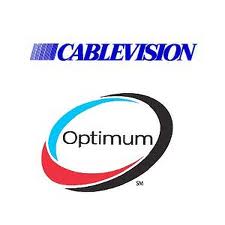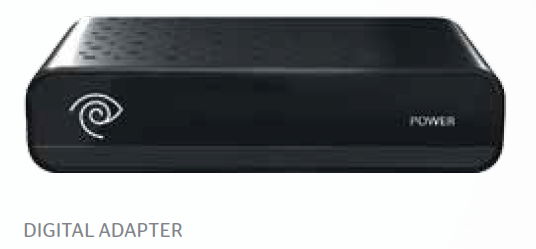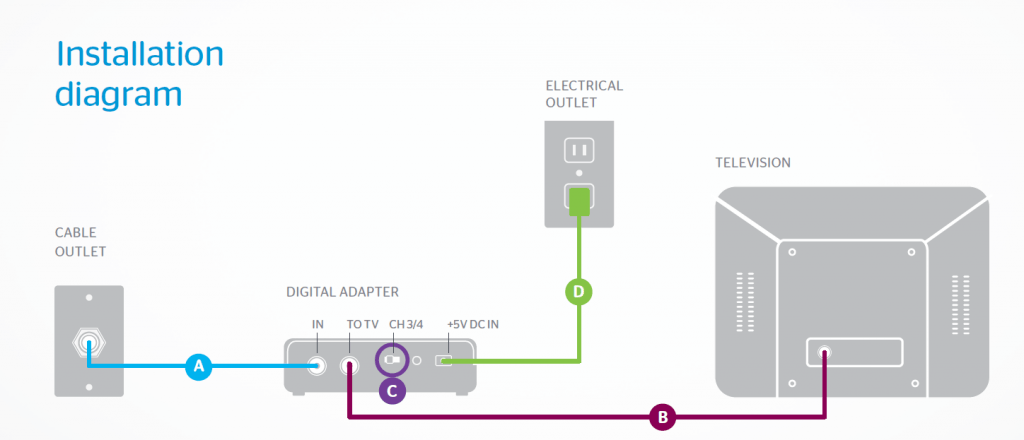 If you are a Cablevision customer in New Jersey, your cable company wants you to use a set top box on all of your televisions, and eventually pay $6.95 a month for each of them.
If you are a Cablevision customer in New Jersey, your cable company wants you to use a set top box on all of your televisions, and eventually pay $6.95 a month for each of them.
Cablevision is beginning a conversion of its cable lineup to digital in a transition that is expected to last until October. After that, customers will need to use a box or CableCARD for each of their televisions hooked to cable.
The change is upsetting customers who do not want the hassle and expense of a converter box, especially those using third party equipment to record and watch favorite shows.
Cablevision does not yet offer a cheaper alternative – a digital transport adapter (DTA), which can turn digital signals into analog ones and allow customers rudimentary access to certain digital services on older sets. Instead, the company will offer customers several extra traditional set top boxes or CableCARDs for between one and two years before charging the usual monthly rental fee.
The cable operator says the majority of its customers already watch with a set top box as the company has gradually reduced its lineup of analog signals. Cablevision customers in New York and Connecticut have already made the transition to the digital lineup.
But some customers are upset enough about the change that they are threatening to switch to Verizon FiOS, although that service also requires customers to use set top boxes.
Comcast subscribers in other parts of the state have also been experiencing a transition to all-digital lineups.
Cable operators are moving video services to digital to make room for additional offerings, including more HD channels, faster Internet speeds, and new product lines like home security and automation. Many inside the industry also predict it is part of a greater transition towards an IP-based delivery system that will provide one large digital pipe through which television, phone, broadband and other services will all travel together.
Cablevision Digital Conversion Details:
- Those currently paying for set top box(es) will continue to do so. But customers can request additional boxes or CableCARDs for every remaining television in the home and receive them free for one year;
- Those who have no digital set top boxes in their homes now can receive a free box or CableCARD for every set for two years. In all instances, after the free promotion ends, customers will pay $6.95/mo for each device;
- Newer televisions equipped with a QAM tuner can watch Cablevision’s broadcast basic tier, consisting primarily of local over the air stations, without any extra equipment. Basic cable networks and premium channels will require a box or CableCARD;
- Broadband customers can use Cablevision’s app for iOS or a personal computer to watch the company’s cable lineup within the home;
- DTA boxes will be available from Cablevision within a year;
- Equipment installation is free. Do-it-yourself customers can have the necessary equipment mailed to them for free or can pick equipment up at any Optimum Store location.


 Subscribe
Subscribe



